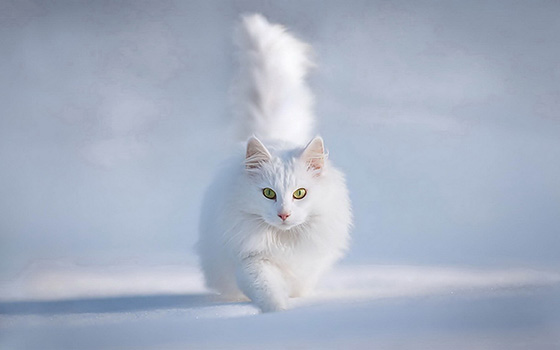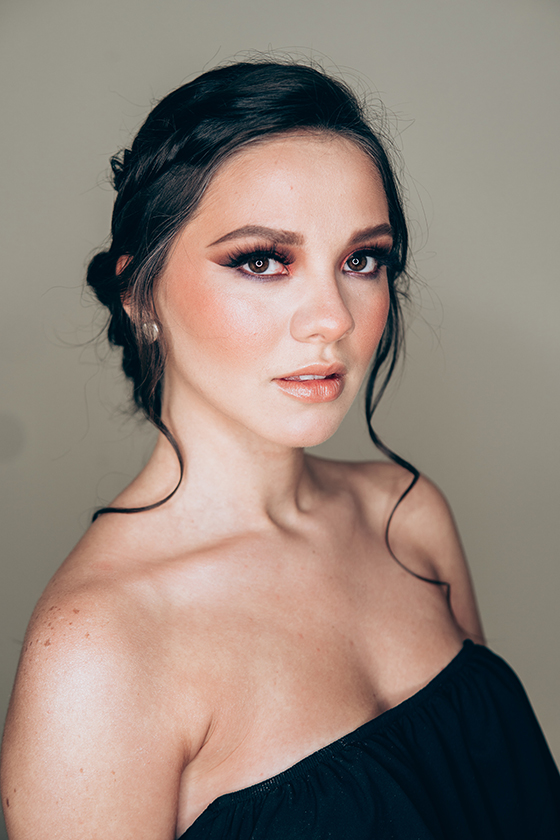Cosplay, the artwork of imitating characters from various media franchises, demands a meticulous interest to element, specifically when it comes to materials. deciding on the right fabric and add-ons can make or damage the authenticity of a dressing up. To make certain the great effects, knowledge the technological know-how behind cosplay substances is vital.
deciding on the proper cloth
while deciding on substances for cosplay, the number one attention is how nicely they mimic the texture and flexibility of the person’s apparel. for example, spandex is a popular preference for tight-fitting superhero fits due to its elastic properties, supplying both consolation and a smooth end. alternatively, leatherette is frequently used for armor pieces as it gives the look of actual leather with out the brought weight and value.
Foam and Eva Foam
Foam, in particular Eva foam, is a staple in cosplay circles. It’s lightweight, easy to form, and relatively affordable. when heated, Eva foam turns into pliable and may be molded into intricate designs. moreover, it holds paint properly, making it ideal for distinct armor and props. but, it’s important to be aware that Eva foam may degrade over time, particularly beneath direct daylight, so right garage is essential.

Thermoplastics and Worbla
Thermoplastics which includes Worbla have revolutionized the cosplay network. those materials are malleable whilst heated, permitting cosplayers to create complex shapes that harden upon cooling. they’re exceptional for developing light-weight but strong systems, like helmets and armor portions. in contrast to timber or steel, thermoplastics don’t upload needless bulk, that is a sizeable benefit in lengthy cosplay events.
metallic and Plastic
For extra robust components, metals like aluminum and brass are occasionally used. those materials are regularly reserved for small info due to their weight and value. Plastics, inclusive of three-D-published additives, offer another flexible option. they’re light-weight, customizable, and might attain excessive ranges of element, making them ideal for complicated designs that wouldn’t be possible with traditional methods.
Paint and Adhesives
The completing touches in cosplay regularly involve paint and adhesives. Acrylic paints are favored because of their vibrant colorations and short drying instances. They paintings highly well on foam and plastic surfaces. As for adhesives, hot glue weapons and phone cement are go-to gear. warm glue provides a sturdy bond and is without problems on hand, while contact cement is good for heavier substances, offering a everlasting restoration.

In conclusion, the achievement of a cosplay project heavily relies on the choice of materials. by means of knowledge the houses and packages of various fabric, foams, thermoplastics, and adhesives, cosplayers can raise their creations from good to top notch. whether or not it’s the stretchiness of spandex or the flexibility of Eva foam, every fabric plays a pivotal function in bringing loved characters to existence.









